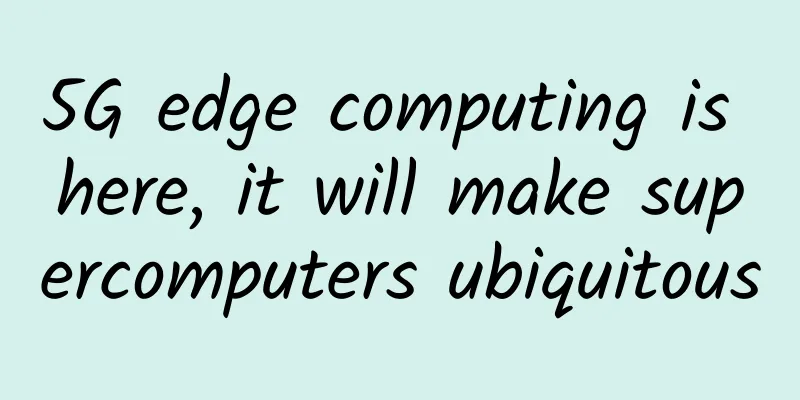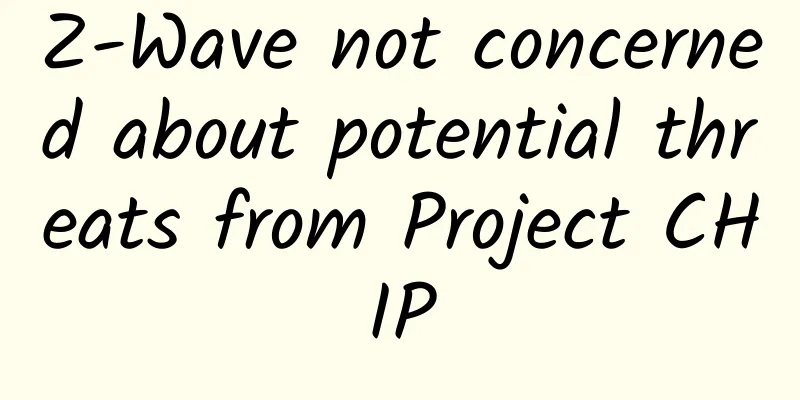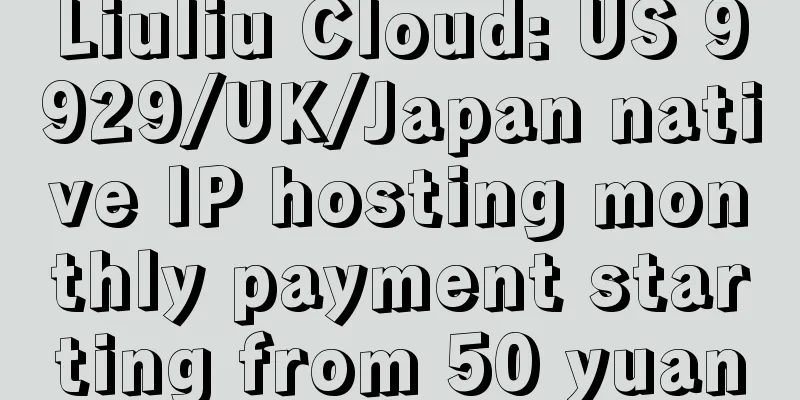Redis actually has a custom network communication protocol?

|
All network communications require both parties to comply with the same protocol in order to be interconnected. The Redis protocol makes a compromise between the following points:
Network Layer Redis listens for incoming connections on TCP port 6379. When a client connects, the Redis server creates a TCP connection for it. Each Redis command or data transmitted between the client and the server ends with \r\n. ask Redis receives commands consisting of different parameters. Once a command is received, it will be processed immediately and responded to the client. New Unified Request Protocol The new unified protocol was introduced in Redis 1.2, and in Redis 2.0, it became the standard way to communicate with a Redis server. In this unified protocol, all parameters sent to the Redis server are binary safe. The following is the general form:
Example:
The above command looks like a single-quoted string, so you can see the exact value of each byte in the query:
This format is also used in Redis responses. When replying in bulk, this format is used for each parameter. The actual unified request protocol is what Redis uses to return list items and calls Multi-bulk replies. It is just N different bulk replies prefixed with *\r\n, which is the number of parameters (bulk replies) that follow. response Redis replies to commands with different response types. It may check the reply type from the first byte sent by the server: Single-line response The first byte of the response will be +
Error message The first byte of the response is -
Integer The first byte of the response will be: Batch Response The first byte will be $
Multiple batch responses
|
>>: PAM4 and Coherent Technology in 100G DWDM Optical Modules
Recommend
Summary information: Hengchuang Technology/Wuyou Cloud/Hengtian Cloud/Ceraus/ServerSuper
At the beginning of 2022, we received New Year pr...
Can the telecommunications operating market break out of the "siege" under the epidemic's "stay-at-home economy"?
In 2020, the "new crown" black swan cam...
GSMA: 5G SA and 5G-A are booming, and operators will continue to increase investment
According to a research report released by the Gl...
WebHorizon: $10.56/year-256MB/5G SSD/200GB/Japan VPS
WebHorizon is a foreign VPS hosting company estab...
What does the arrival of 5G mean for the Internet of Things?
In today’s fast-paced, hyper-connected and tech-e...
Powered by EMUI 9.1, Huawei Enjoy 10S brings users a brand new smart experience
In the era of information explosion, consumers ar...
The number of 5G package customers has exceeded 165 million. China Mobile announced its operating data for December 2020.
Since the Ministry of Industry and Information Te...
TmhHost: Los Angeles three-network CN2 GIA quarterly payment starts from 100 yuan, Japan SoftBank VPS quarterly payment starts from 150 yuan
TmhHost is a Chinese VPS service provider establi...
What will the university of the future look like? The informatization construction of colleges and universities has given birth to a new university model
[51CTO.com original article] In late summer 2017,...
How data centers work today and in the future
The data center of the future will rely on cloud ...
H3C Ao Xiangqiao: SD-WAN will eventually move towards a high-level self-intelligent network
SD-WAN became a "hot word" in China in ...
Alibaba's Cheng Chao: The ultimate development of the monitoring system is to achieve intelligence
[51CTO.com original article] Seven years of hard ...
The Q1 quarterly reports of the three major operators are released, and mobile customers are losing
Recently, the first quarter results of the three ...
Huawei Cloud and Ground Collaboration Accelerates the Commercialization of Network AI and Enables Autonomous Driving Networks
[51CTO.com original article] On September 23, 202...
RackNerd adds a new user self-service IP change function, starting from $10.18/year in multiple data centers in San Jose/Los Angeles/Seattle
RackNerd has officially added a self-service IPv4...









